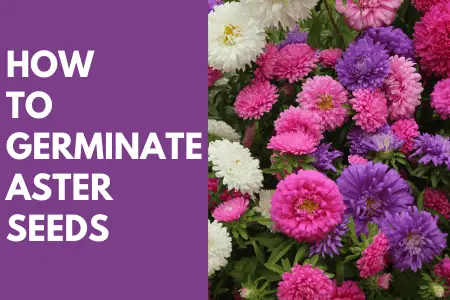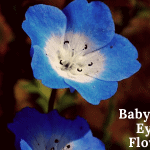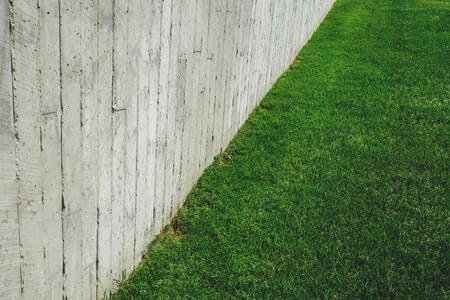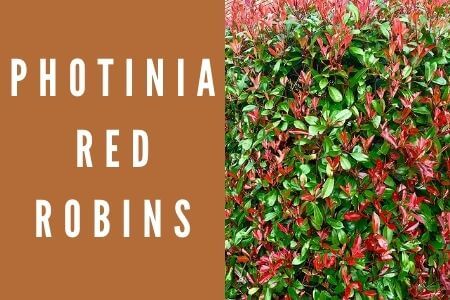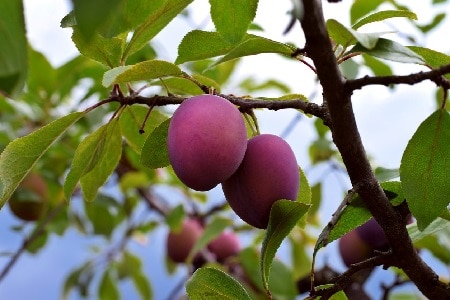Asters are beautiful ornamental plants that are used to beautify any home or any environment. However, have you ever considered them in your local store and found them to be too expensive?
Well then, this article is for you.
Here, you will be guided on how you could grow your Aster plant without it costing you an arm and a leg.
Benefits of Aster Plants
These ornamental plants are the best choice for improving either the outdoor or indoor aesthetics in your home. One benefit of planting your own Asters is that you get to choose the varieties you want, not just what is available at the local garden. This gives you a lot of options to choose from. From colour (white, blue, pink, and purple) to length (1 – 6 ft.), there are many different Asters available to you.
The most popular species are the Wood, New England, Heath, Calico, New York, Aromatic and Smooth varieties.
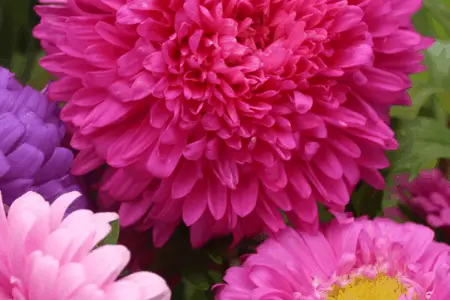
They are a long-lasting plant and can be around for many years after reaching maturity. In garden settings, they provide food sources for many insects including bees and butterflies. Whilst many gardeners dislike this, insects are the largest agents of pollination in the world.
Thus, Asters are a welcome addition to your garden, especially when you have room for more plants. If you own a wildflower garden, or butterfly garden, or even a meadow, then they are the perfect addition to your collection. Planting them by yourself, as you will soon realize is just as effective and inexpensive as buying them from the store in your locality.
When Should You Plant Aster Seeds
The planting season for Aster seeds largely depends on whether you are planting an outdoor or an indoor Aster. An outdoor Aster will usually be planted immediately after winter once the last of the frost clears out. For an indoor Aster seed, you will need to plant it about a month to the end of the frost.
In the case of indoor Aster seed, the seeds will need to be stored at temperatures between 65 – 70ᵒF (18 – 21ᵒC). Once seedlings begin to emerge, you will need to move the ornament to a location where it can have enough access to light as Asters are perennial plants that need to grow in either full sunlight or partial shade.
Criteria to be fulfilled for Aster Growth
Asters can sometimes vary in their requirements to grow and develop as their growth and development are dependent on their species. You could require different environmental conditions or temperatures. Usually, Aster seeds need their immediate environment to be cool especially during the night.
In some cases, after the Aster has grown, you will need the winter to get it to reproduce after harvesting or if the Aster has died. The New England Aster seed is a perfect example of this scenario as the species requires extremely cold conditions to grow.
For your Aster seed to have the best chances of growing, you will need to meet certain conditions.
These conditions include:
- Planting Site: The planting site must have adequate access to sunlight because Asters love it. This could be full or partial exposure.
- Soil type: The best soil type for planting is rich loamy soil. They are less compact and retain enough moisture for plant growth. Also, you could mix in compost to improve the quality of the soil. However, all types of soil will suffice as long as it is organically rich and well-drained.
- Planting pots: These planting containers will also be required if you are planting indoors. Ensure that they each have drainage holes.
- Water: There must be a source of adequate water supply. Too little water will result in plants getting stressed and this can be observed by how they will look dry and their roots will be shallow. Also, too much water could make plants susceptible to diseases. Therefore, the goal is for the soil to remain moist yet unsaturated.
- Spacing: Asters need to be spaced so the roots can grow. They are usually spaced around 3 – 12 inches apart.
- Fertilising: Organic mulch or fertilizers will provide the necessary nutrients for the seed to grow. However, it should not be applied during bloom season else it might shorten their bloom time.
Planting an Aster Seed
With soil prepared, you can now plant your Aster seeds. Asters need to be spaced apart for maximum growth. Therefore, you must ensure that you leave a space of about 3 inches (8 cm) between each Aster seed. Once they emerge, the spacing will have to be increased to account for root growth and nutrient requirements. At this stage, Asters need to be kept at least 12 inches (30 cm) apart.
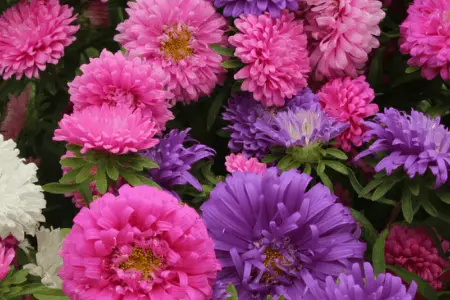
Whether you are planting indoors or outdoors, the depth requirement for planting remains the same. The hole should not be too deep and after the seeds are placed in, they should be covered with 1/8 inch (0.3 cm) of nutrient-rich soil. Alternatively, you could plant Aster seeds using the wildflower planting method. Here, the seeds are simply sown on the topsoil as Aster seeds thrive better with little depth in the ground.
Once the planting is complete, you will need to water the seeds constantly until they produce sprouts. This period lasts between one and three weeks and is usually dependent on the nature of the Aster seed you are planting. You will also need to keep the soil moist until the seeds sprout.
The Aster is not a rare flower and local gardeners and stores usually have Aster flowers and seeds available if you need them. As the Aster is common, so too is its different varieties and species, providing you with a wide range of choices when you want to choose an Aster.
As it is less expensive to grow an aster from the seed than to buy one, this can prove to be a financially beneficial project. By the time your asters are fully grown, you can have a beautiful garden, meadow, or interior. If you choose, you can even sell off some of the asters to other gardeners. Thanks to the variety you would have, the market will actually prove favorable to you.
Since Aster seeds are perennial, you should be prepared to undergo a long term project. There is no way to tell if what you are doing is actually working, but you still have to continue maintaining and caring for the plant. It will take more than three years for the Aster to begin to produce flowers and this can still be longer depending on other factors like the variety of the aster.
In the end, you will have asters all across your garden or meadow, and they will help boost the aesthetics of your property.

